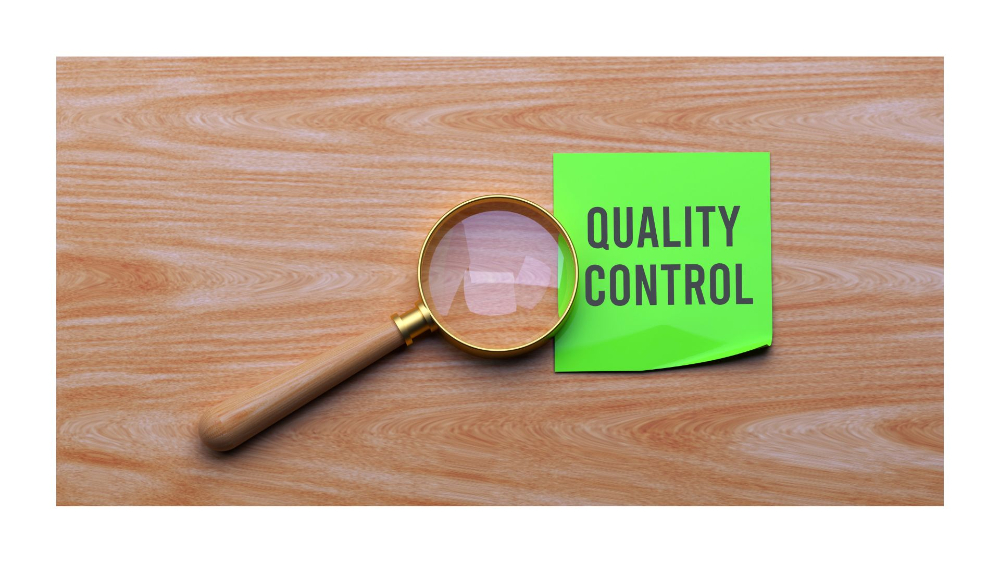Navigating through the process of scaling up from the laboratory to a pilot production facility can be challenging. There are several factors that need to be considered to ensure the quality control and assurance of your production. This article will provide guidance and tips to help you maintain the highest standards during the production pilot phase.
Identify Potential Risks Early On
One of the first steps in ensuring high quality in a production pilot is to identify potential risks early and address them before they become problematic. This involves a detailed examination of all aspects of your process and materials, as well as your equipment and facilities. By recognizing and addressing risks in advance, you can avoid expensive pitfalls and mistakes later on.
Develop a Robust Quality Assurance Plan
Having a rigorous quality assurance plan in place is crucial for the success of your production pilot. This plan should include detailed specifications, testing methodologies, and acceptance criteria for all aspects of your pilot production process. Be sure to align your procedures and processes with relevant industry standards and guidelines. By doing so, you will be better equipped to detect and correct any quality issues quickly and efficiently.
Monitor and Control Production Processes
Consistent monitoring and control of your processes are essential for maintaining quality during a pilot production run. This involves tracking key performance indicators (KPIs), process variables, and regular equipment maintenance and calibration. Implementing automation technology can also help you maintain process control and consistency. By staying vigilant and keeping a close eye on your processes, you can quickly identify and address any deviations or issues.
Establish a Strong Communication Framework
Clear and effective communication between team members is crucial throughout the pilot production process. This includes making sure everyone is aware of their roles, responsibilities, and expectations. Establishing a robust communication framework helps ensure that knowledge is shared and issues are resolved efficiently. By knowing things about pilot production and having open lines of communication, you can prevent delays, minimize errors, and maintain quality control.
Invest in Training and Employee Development
A highly trained and knowledgeable workforce is essential for maintaining quality control and assurance in pilot production. To achieve this, invest in comprehensive training programs and continuous employee development. Ensure that your team members are knowledgeable about your processes, equipment, and the importance of quality assurance. Fostering a culture of continuous improvement and learning can better equip your team to identify and address potential quality issues.
Learn from the Experiences of Others
Keeping up to date with industry best practices and learning from the experiences of others can be valuable when it comes to tackling quality control and assurance challenges. Industry forums, conferences, and publications can provide valuable insights, as can speaking with experienced professionals in your field. You may also check out this blog for more effective tips on scaling up from lab to pilot production.
Conclusion
Ensuring quality control and assurance during pilot production requires careful planning, attention to detail, and a strong commitment to excellence. By following these tips and implementing a robust quality assurance strategy, you can increase your chances of a successful and high-quality pilot production run. Remember to stay proactive, monitor your processes closely, and continuously improve through training and knowledge sharing.


